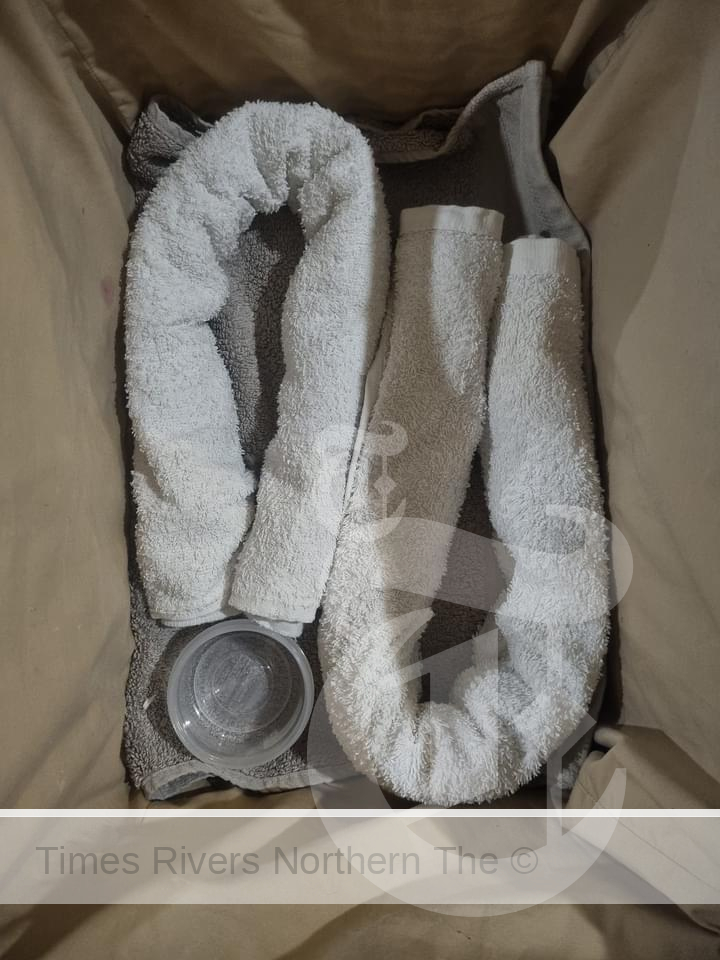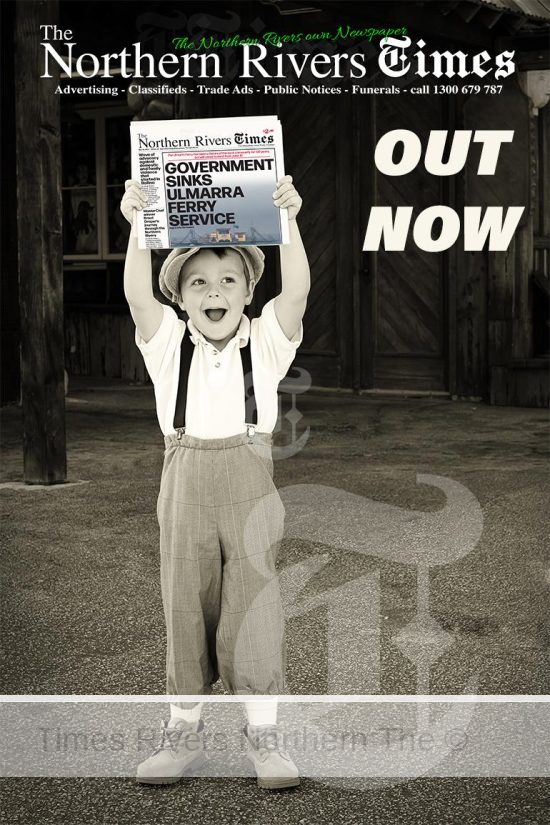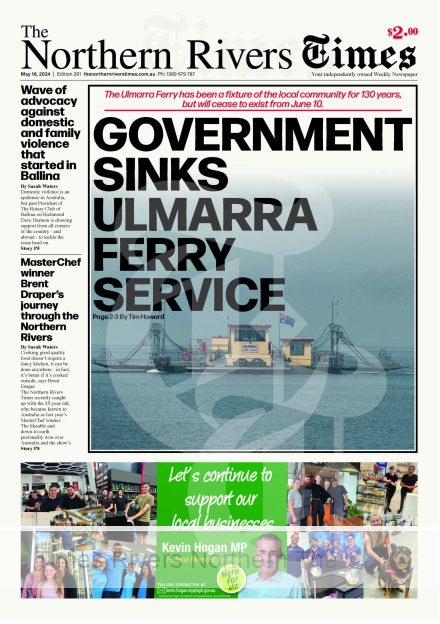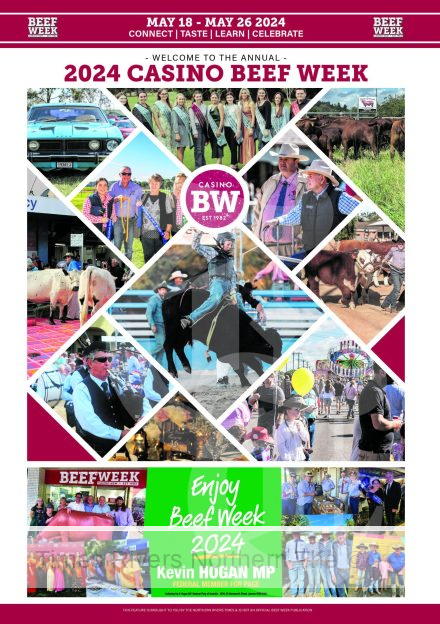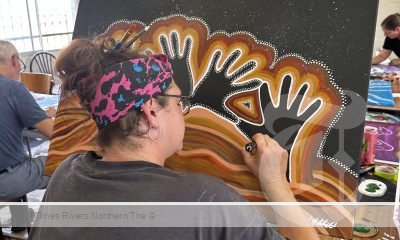Government sinks Ulmarra ferry service
By Tim Howard
The pleas of a rural community and its representatives to keep the Ulmarra Ferry service have counted for nought, with the service scheduled to close permanently on June 10.
Transport for NSW announced last week the ferry, which has operated for 74 years carrying vehicular traffic across the Clarence River between Ulmarra and Southgate, will be decommissioned.
Advertisements

TfNSW director North Region Anna Zycki said the ferry had reached an age and condition where it was no longer fit to operate and ongoing river conditions also made the service untenable.
“The existing ferry has reached the end of its serviceable life,” she said.
“Because the existing ferry is now so old and requires so much repair, such a large restoration project would take about 18 months and cost an estimated $5 million, which is around a million dollars more than building a new car ferry.
“It’s effectively beyond repair, so this service would have been closed for that length of time anyway.”
Ms Zycki said silting on the southside of the river at Southgate was another problem for the service.
“The river is constantly changing course and there is nothing we can do to prevent the silt building up,” she said.
“We’ve dredged in the past, but it’s only a matter of a couple of weeks and the silt is back. It’s costly to do and has no lasting benefit.”
Ulmarra resident and Clarence Valley Councillor Steve Pickering was devastated and angry at Friday’s announcement which showed the views of the local community meant nothing to the State Government.
“It appears to be State Government cost cutting,” he said. “It looks like Ulmarra, little regional village, is just the recipient of the state government cutting its costs.
“And the community have basically been led up the garden path, thinking that there was the possibility of the ferry being retained. Turns out that was not true.”
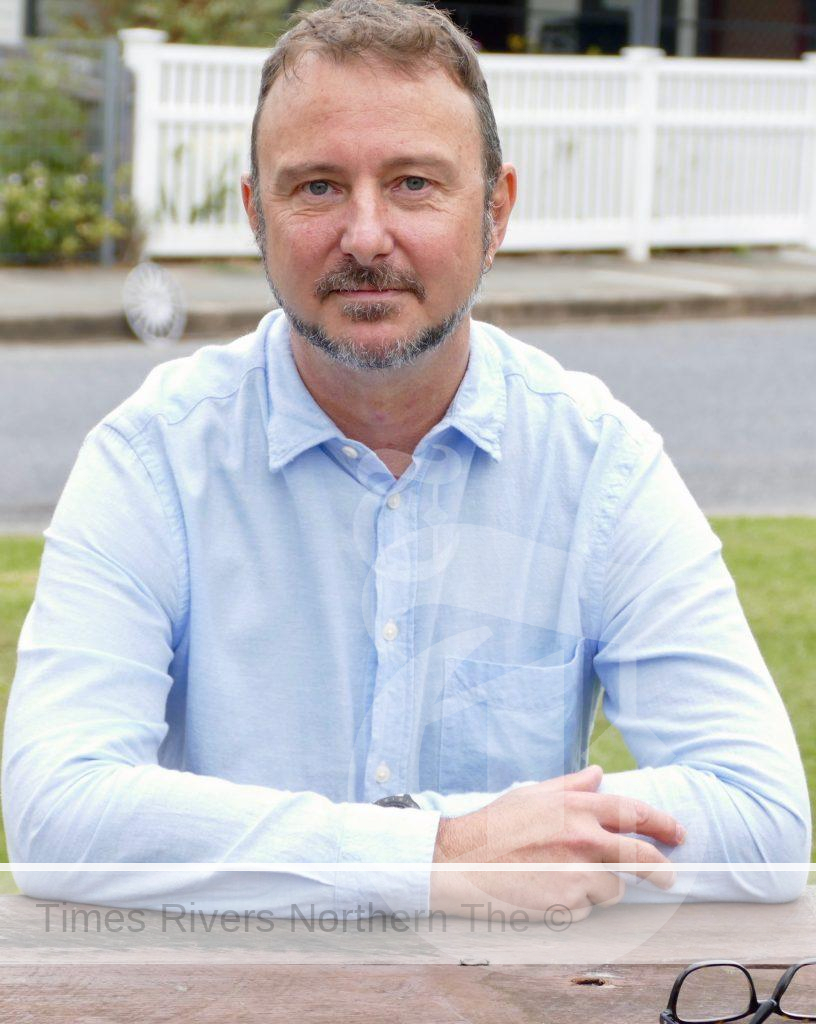
Steven Pickering is one of 13 people standing election to Clarence Valley Council on December 4.
Cr Pickering said the closure would have a big impact on the community ranging from school children, farmers, commuting workers and tourists.
He said the extra travelling would result in children changing schools, people switching jobs and relocating out of the area.
“There are people that work at Trenayr, so it could affect their employment if their 10-15 minute trip is now, 40 minutes each way,” he said.
He said local farmers who use the ferry to move slow-moving farm machinery around would not have to take that machinery to Grafton to cross the river.
“When you’ve got slow moving vehicles on the on Big River Way you’ve got drivers that will take risks, they will take risks to overtake these slow moving vehicles,” Cr Pickering said.
“And I don’t think that the safety issues, the safety concerns have been taken into account.”
Cr Pickering dismissed the cost argument for axing the service, saying the government had deliberately run down the service and not put regime in place to retain the service.
“Anybody that has an asset that’s approaching end of life has a plan, you know, they have a plan either to replace it or to or to repair it and this state government had no plans they’re only plan which we were led to believe was a plan was to take the Lawrence ferry.”
He said the lack of maintenance and the dredging issues had made the ferry service unreliable.
Cr Pickering said last year the Ulmarra ferry service was closed 250 times when low tide and silting combined to make crossing the river impossible.
He said this situation had been allowed to develop to discourage people from making ferry trips and paint a picture of declining usage.
Cr Pickering said the effect of this decision, going on the figures TfNSW provided on ferry usage would be to put more cars on road, travelling 6000km a day.
“When we’ve got a state government that say that they’re focusing on, you know, climate change mitigation, saying they’re looking at reducing vehicle emissions,” he said.
“We’ve got a government that could have shown leadership, but they could have brought forward perhaps an electric or a hydrogen powered ferry, you know, something innovative.”
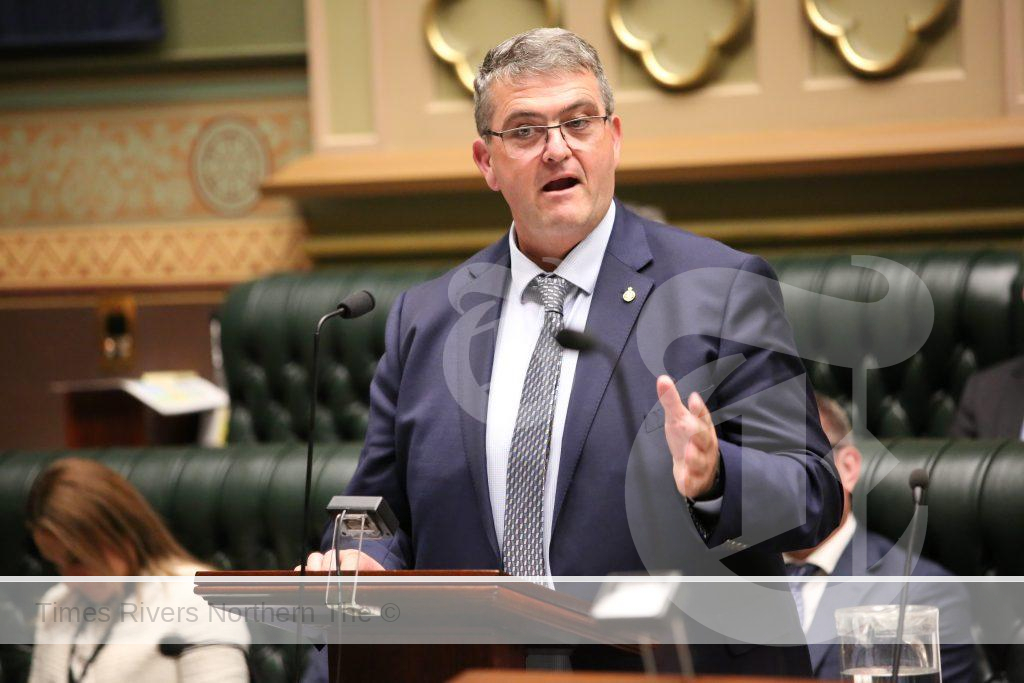
The Member for Clarence Richie Williamson addressing NSW Parliament. On Wednesday he will speak about the community petition seeking to keep the Ulmarra Ferry operational.
The Member for Clarence, Richie Williamson, said the decision was a bitter disappointment, but he would still bring the petition with the signatures of thousands of Clarence residents to parliament on Wednesday night.
“I’m still going to speak on Wednesday night this week, because it’s, it’s vitally important to my community that I do that,” Mr Williamson said.
Mr Williamson said the issues with silting of the river were complicated, but he said the ferry had been able to deal with these issues.
“I understand the ferry had some kind of self-silting mechanism underneath, where every time it went past it pushed the silt away and every trip did a little bit to move the silt,” he said.
“Obviously for whatever reason, this stopped. And because of that the ferry became unreliable, because it was unreliable, patronage was down it makes perfect sense.”
Mr Williamson said was now up to the NSW Minister for Regional Transport and Roads, Jenny Aitchison, to reverse her decision.
“She wrote to me on Friday night, saying that acting on advice from TfNSW she was making the difficult decision to shut down the Ulmarra Ferry service,” Mr Williamson said.
“But she can’t hide behind the department. The Minister has made the call to close the ferry which will affect a lot of people in the Clarence electorate.”
He said the parliament would hear how the decision would affect local people.
“As far as I’m concerned I’ll be tabling the petition in Parliament tomorrow (Tuesday),” he said.
“I’ll be speaking on behalf of the petition and on behalf of everyone in my electorate, who uses the ferry on Wednesday night, and I’ll be informing the house how important it is that the ferry remain and how this decision by this government will affect many people.”
Ms Zycki said the decommissioning of car ferries was not unusual.
“Many will remember ferries between Southgate and Brushgrove, at Harwood, Maclean-Ashby, Sportsmans Creek at Lawrence, Iluka, Goodwood Island, Seelands-Junction Hill and, way back, between Grafton and South Grafton,” Ms Zycki said.
“As road transport networks have improved, ferries at these locations have all gone out of service and people have adapted to the change.”
She in the case of the Ulmarra ferry, the opening of the second bridge at Grafton almost halved the number of vehicles using the ferry.
“When the new Balun Bindarray Bridge opened in Grafton in late 2019, patronage of the Ulmarra ferry immediately dropped by 46%” Ms Zycki said.
“It was anticipated that demand for the ferry would decline once the new bridge opened so it would largely replace the ferry service.
“The patronage hasn’t returned and the ferry – when river conditions allow it to operate – now carries on average about one vehicle per trip, costing taxpayers $22 for each vehicle journey.”
She said Transport for NSW was aware of the importance the community has placed on this ferry and will work with Clarence Valley Council and the community on suitable ways to commemorate its long service.
For more local Clarence Valley news, click here.



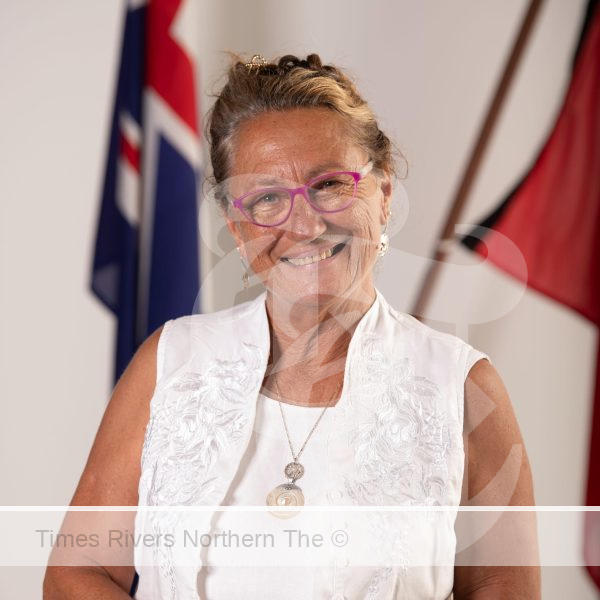

 Tweed Shire News2 years ago
Tweed Shire News2 years ago
 Motoring News1 year ago
Motoring News1 year ago
 COVID-19 Northern Rivers News3 years ago
COVID-19 Northern Rivers News3 years ago
 COVID-19 Northern Rivers News3 years ago
COVID-19 Northern Rivers News3 years ago
 Northern Rivers Local News3 years ago
Northern Rivers Local News3 years ago
 Health News3 years ago
Health News3 years ago
 COVID-19 Northern Rivers News3 years ago
COVID-19 Northern Rivers News3 years ago
 NSW Breaking News3 years ago
NSW Breaking News3 years ago









